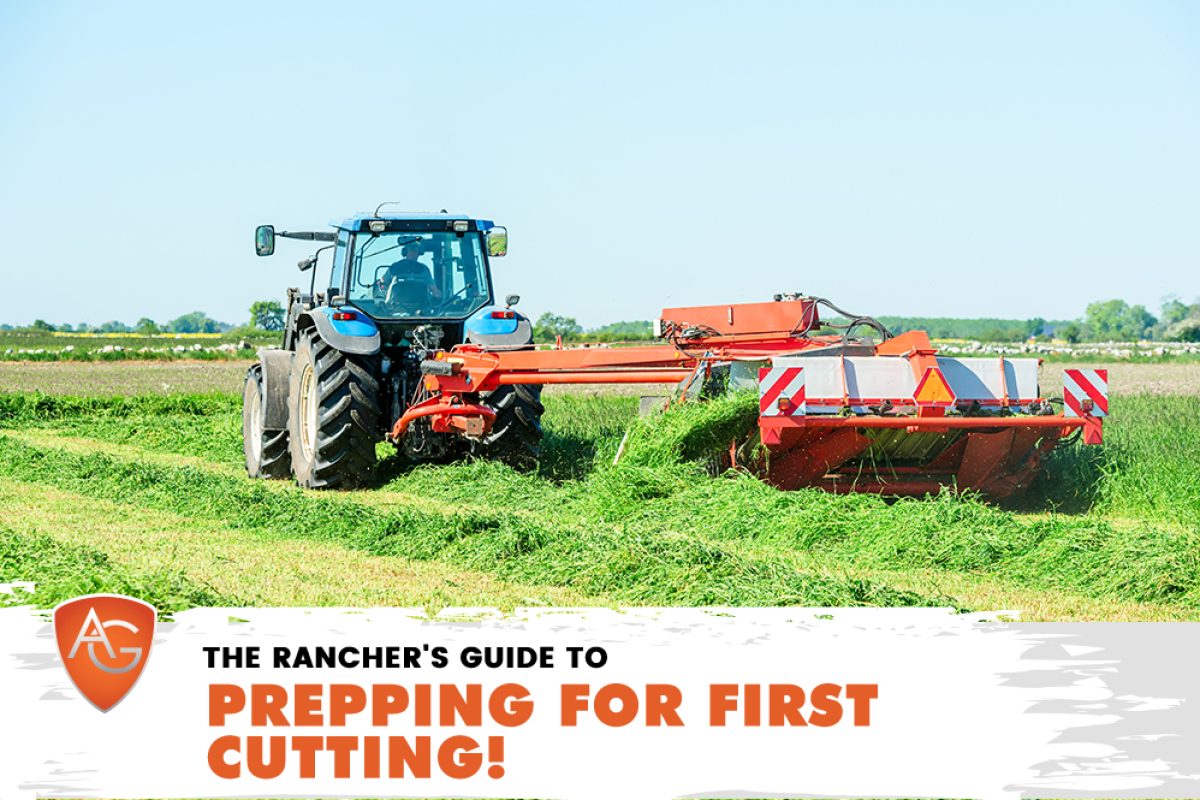Overview: Get your fields — and your gear — ready for a strong first hay cutting. Our rancher’s guide covers equipment prep, timing tips, soil care, and storage strategies you can trust. Read on!
When spring settles in and the pastures start greening up, ranchers across Laramie County and Northern Colorado know it’s time to gear up for that all-important first cutting. Prepping right not only ensures a better yield, but also guarantees higher quality hay — something your livestock and your bottom line will thank you for.
Here’s a step-by-step guide to make sure you’re ready when it’s time to roll.
Check Your Equipment (Then Check It Again)
Before the swather hits the field, take a good, hard look at all your haying equipment. Dull blades, leaky hydraulics, or baler issues can delay your cutting and cost you both time and tonnage. Walk through each machine:
-
Sharpen or replace mower blades
-
Check baler tension and knotter mechanisms
-
Inspect tires, grease fittings, and safety chains
-
Keep spare parts and belts on hand
Prevention is cheaper than downtime — and you don’t want to be scrambling for repairs when your windrows should be curing under the sun.
Evaluate the Stand
Get out and walk your fields. Look for:
-
Winter kill or patchy growth
-
Weed pressure
-
Plant health and density
If you’ve got an Orchard/Alfalfa Mix, make sure your alfalfa crowns aren’t rotting or thinning out. For Timothy Grass or Garrison stands, keep an eye on early stem development — it’s your best indicator for optimal cutting time.
Test Your Soil & Adjust Nutrients
Feeding your field is just as important as feeding your herd. A soil test every few years ensures your crop has the nutrients it needs to produce top-quality hay.
-
Apply nitrogen early if you’re growing grasses like North Park Timothy or Orchard/Brome/Timothy mixes
-
Don’t overlook potassium and sulfur — critical for root strength and regrowth
-
Keep a balanced pH to help alfalfa thrive
Healthy soil = healthy hay = healthier livestock. It’s a long game, but worth every step.
Time the Cut Just Right
Cutting too early can reduce yield. Cutting too late can tank the nutritional value. Here’s a simple timing guideline:
-
Grasses (like Timothy or Wheatgrass): Just before heading
-
Alfalfa: Early bloom stage
-
Mixed fields: Aim for a balance — usually when alfalfa shows 10–20% bloom and grasses are pre-head
First cutting is usually heavier, so time it when you’ve got 4–5 good dry days in the forecast. That hay won’t cure itself.
Line Up Your Storage or Buyers
Do you have space ready for storing bales? Have you already spoken with your regular buyers — or secured your supplier if you’ll be purchasing hay this year?
At All Around Ag, we encourage ranchers to call ahead so we can lock in the hay types you need — whether it’s Cow Hay, Straight Alfalfa, or Straw Bales for bedding. Don’t wait until the first cutting hits the ground to make your call. Planning now pays off later.
Think Ahead: Regrowth and Second Cutting
What you do now sets the stage for the rest of the season. Keep an eye on:
-
Post-cut fertilization needs
-
Irrigation schedules
-
Pest and weed pressure
Give your field the best chance to bounce back strong and fast. Every cutting counts — especially when hay prices are high and quality is in demand.
Trust Your Land. Trust Your Team. And Plan Ahead.
Prepping for first cutting isn’t just about yield — it’s about stewardship, tradition, and taking pride in the land you work. At All Around Ag, we’re proud to walk alongside ranchers who know the value of doing things right the first time.
Got questions about hay types, storage options, or placing a custom order? Give us a shout — we’re here to help.
